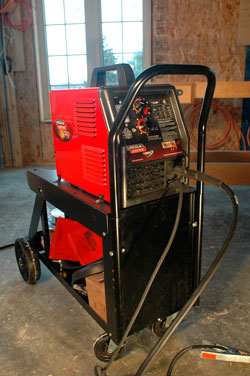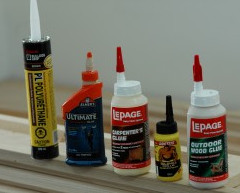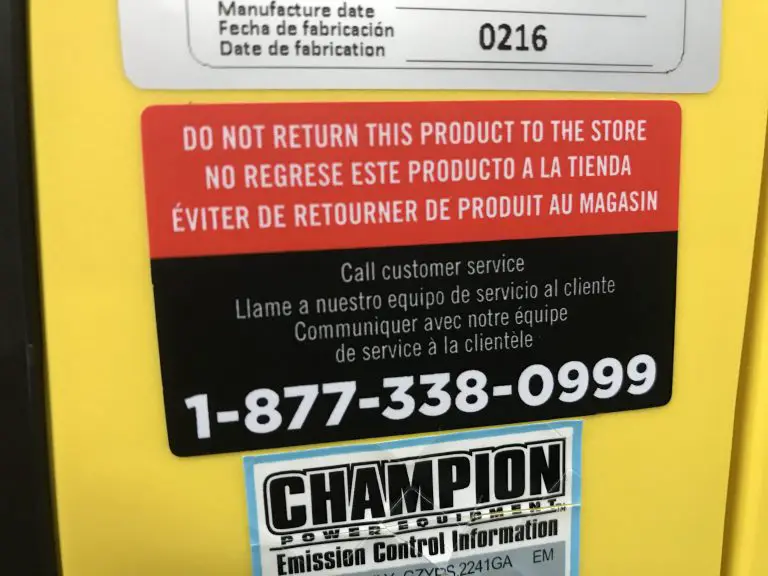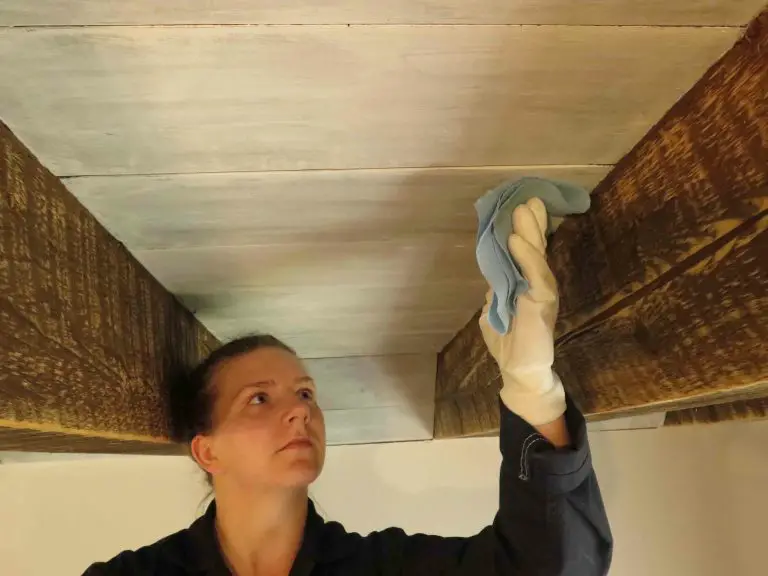Wire-Feed Welder Brings Metalworking to the Masses
 In 1981 I had the world’s best summer high school job. Every working day I’d enter the wire gates at the back of Canada’s Wonderland theme park, then head in to the maintenance department, working alongside the journeyman mechanics and electricians who kept the rides running safely. I was also allowed to stay late after my shift and work on projects of my own in the fully equipped metalworking shop, and my favourite tool in the place was the wire-feed welder. Back then, machines like these were made strictly for industrial use, with a whopping price tag to match. But I had the welder all to myself and I used it to build all kinds of things, including the chrome-and-leather backrest and highway pegs on the motorcycle I still own. And while 17-year-old kids probably never get the chance to slip so blatantly past workplace liability laws these days, something even better has happened for those of us with a passion to create.
In 1981 I had the world’s best summer high school job. Every working day I’d enter the wire gates at the back of Canada’s Wonderland theme park, then head in to the maintenance department, working alongside the journeyman mechanics and electricians who kept the rides running safely. I was also allowed to stay late after my shift and work on projects of my own in the fully equipped metalworking shop, and my favourite tool in the place was the wire-feed welder. Back then, machines like these were made strictly for industrial use, with a whopping price tag to match. But I had the welder all to myself and I used it to build all kinds of things, including the chrome-and-leather backrest and highway pegs on the motorcycle I still own. And while 17-year-old kids probably never get the chance to slip so blatantly past workplace liability laws these days, something even better has happened for those of us with a passion to create.
Affordable wire-feed welders are now inexpensive enough for home hobbyists to buy and use successfully. For the last 4 years I’ve used the Lincoln 180 model in my home workshop and it’s proven to be an excellent performer. Compact, consumer-grade models like this one retain all the effectiveness of their industrial-grade ancestors. This is what the wire feed revolution is all about and it all boils down to a spool of thin metal.
 What separates wire-feed welders from other more difficult-to-use electric stick welders is automatic wire feeding. Press the trigger on the hand-held gun and a strand of fresh wire extends out the tip. And since this wire is electrically energized, a blue arc jumps from the tip of the wire to the grounded work piece you’re welding. This arc generates heat that melts the wire and the surrounding metal. Move the gun along the seam you’re joining and the melting and deposition continues, using up the wire as it extends out of the gun afresh. Bottom line: a nice, neat weld even if you’re not a professional.
What separates wire-feed welders from other more difficult-to-use electric stick welders is automatic wire feeding. Press the trigger on the hand-held gun and a strand of fresh wire extends out the tip. And since this wire is electrically energized, a blue arc jumps from the tip of the wire to the grounded work piece you’re welding. This arc generates heat that melts the wire and the surrounding metal. Move the gun along the seam you’re joining and the melting and deposition continues, using up the wire as it extends out of the gun afresh. Bottom line: a nice, neat weld even if you’re not a professional.
 Besides ease of use, there are two other unique features of wire-feed welders. First, they work exceptionally well on thin metal. Traditional stick-type electric welders can be hard to control in applications like these, making it challenging to join thin metal without burning holes through the material. Another wire-feed advantage is the ability to weld aluminum. Better-quality DIY wire-feed welders are designed to allow compressed inert gas to be piped through the gun and out of the welding tip during use. This gas shields the molten weld zone from reacting with oxygen, opening a whole new world of possibilities. The use of shielding gases is called MIG welding (shorthand for ‘metal inert gas’) an approach that can be used on steel and is essential for work with aluminum.
Besides ease of use, there are two other unique features of wire-feed welders. First, they work exceptionally well on thin metal. Traditional stick-type electric welders can be hard to control in applications like these, making it challenging to join thin metal without burning holes through the material. Another wire-feed advantage is the ability to weld aluminum. Better-quality DIY wire-feed welders are designed to allow compressed inert gas to be piped through the gun and out of the welding tip during use. This gas shields the molten weld zone from reacting with oxygen, opening a whole new world of possibilities. The use of shielding gases is called MIG welding (shorthand for ‘metal inert gas’) an approach that can be used on steel and is essential for work with aluminum.
Ever got the urge to build an aluminum dock for the cottage? Or how about restoring a vintage automobile? Perhaps a decorative steel fence around your backyard pool is on the list for this year’s home improvement jobs? A wire-feed welder can make it happen.












